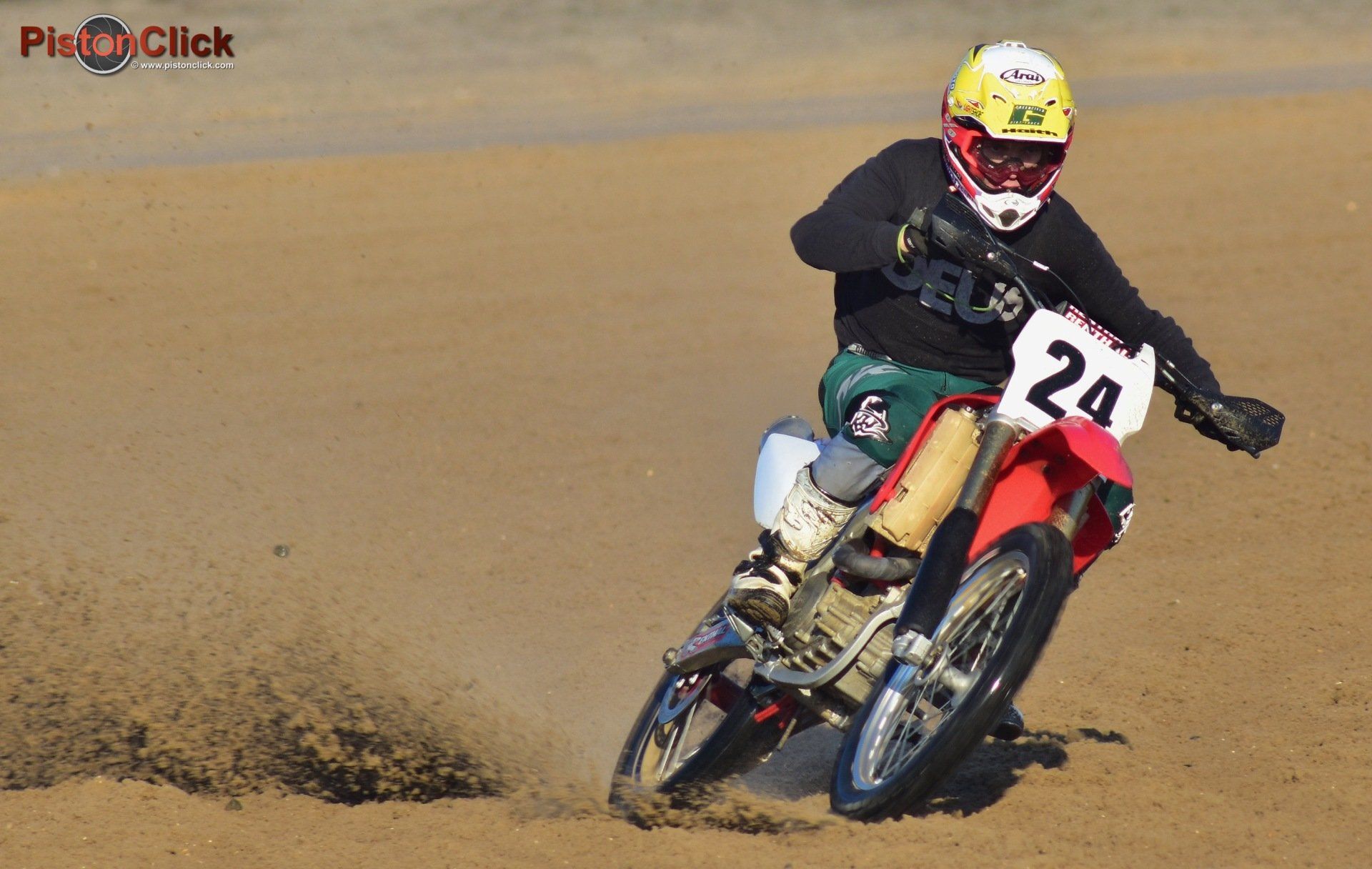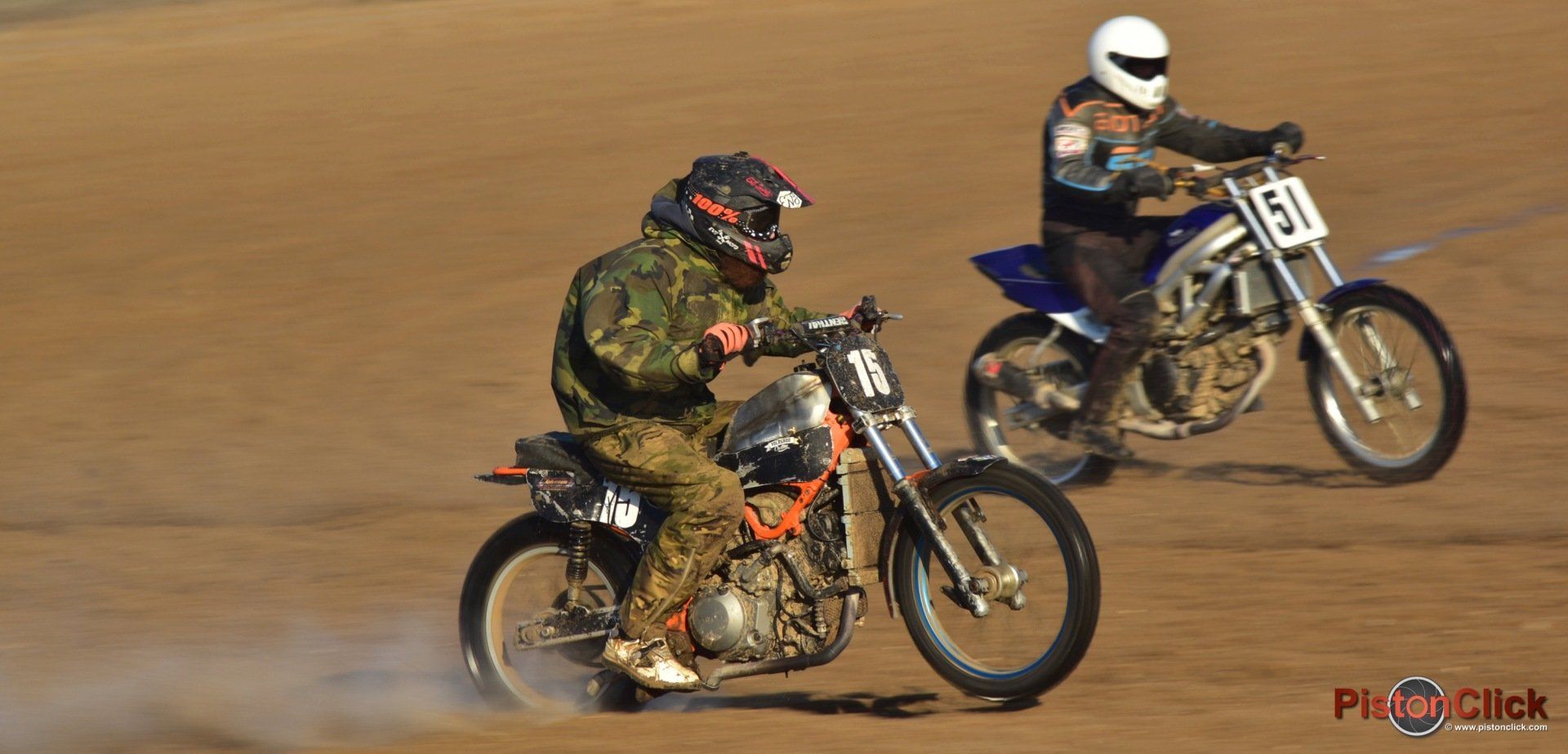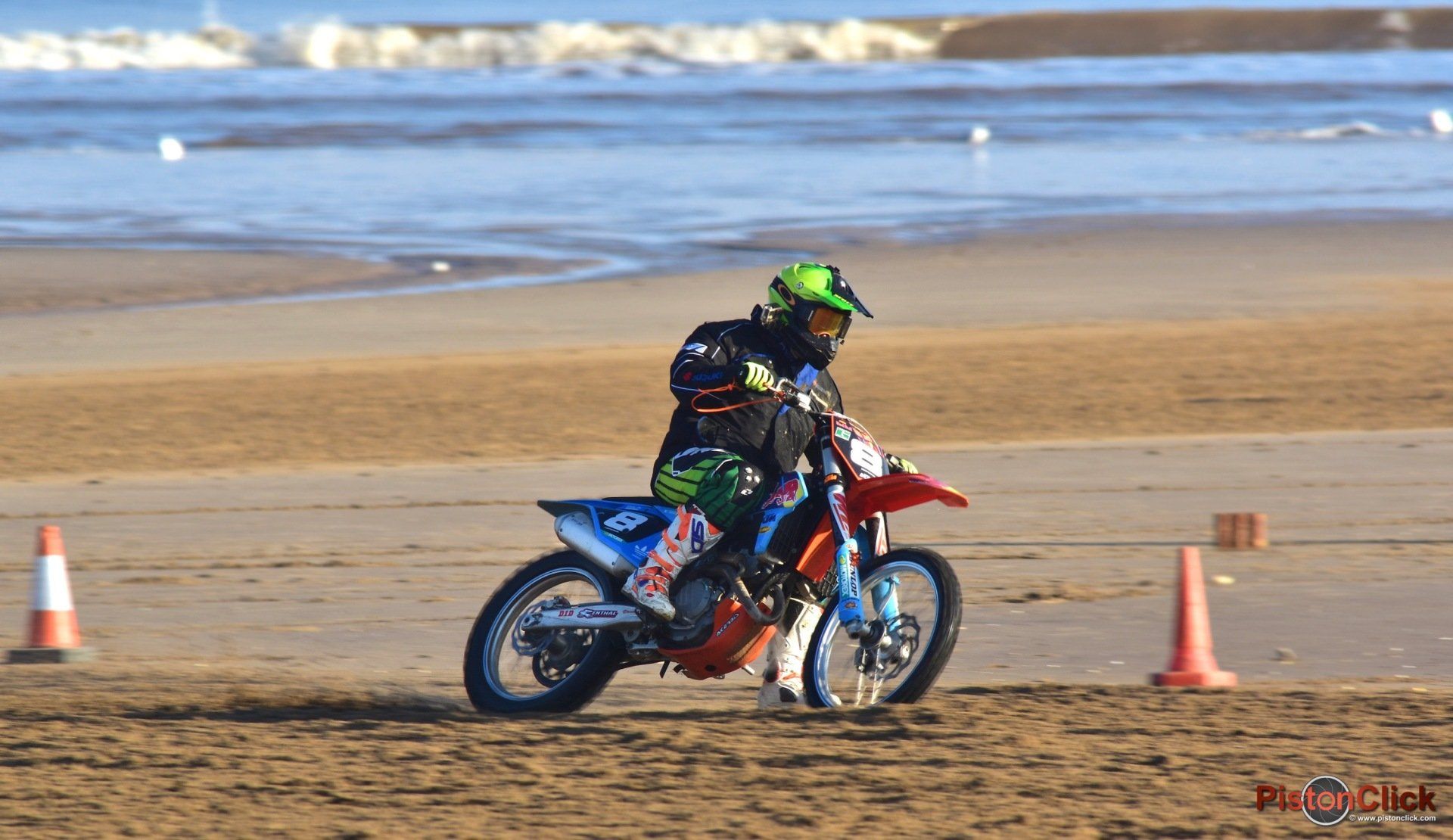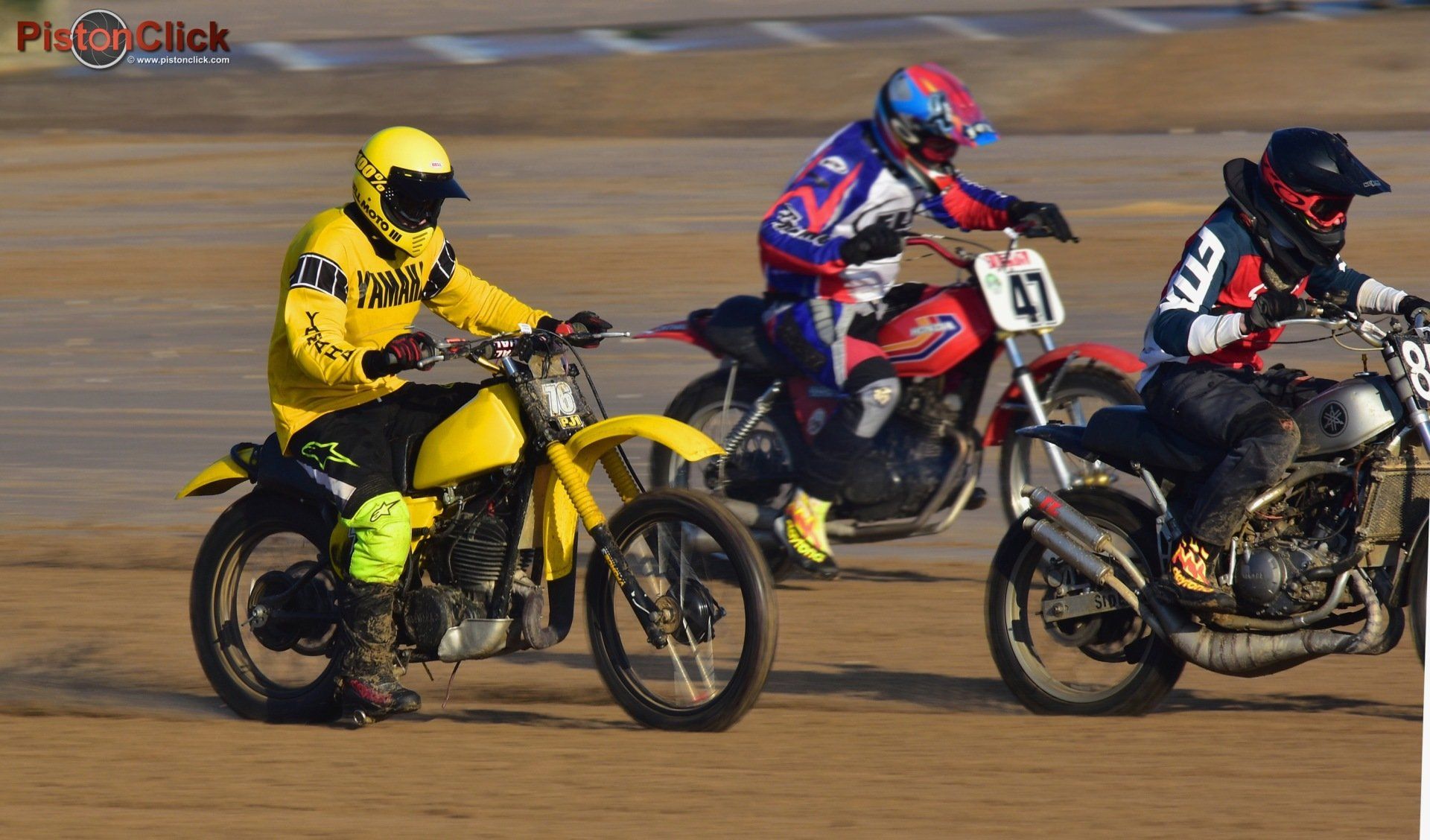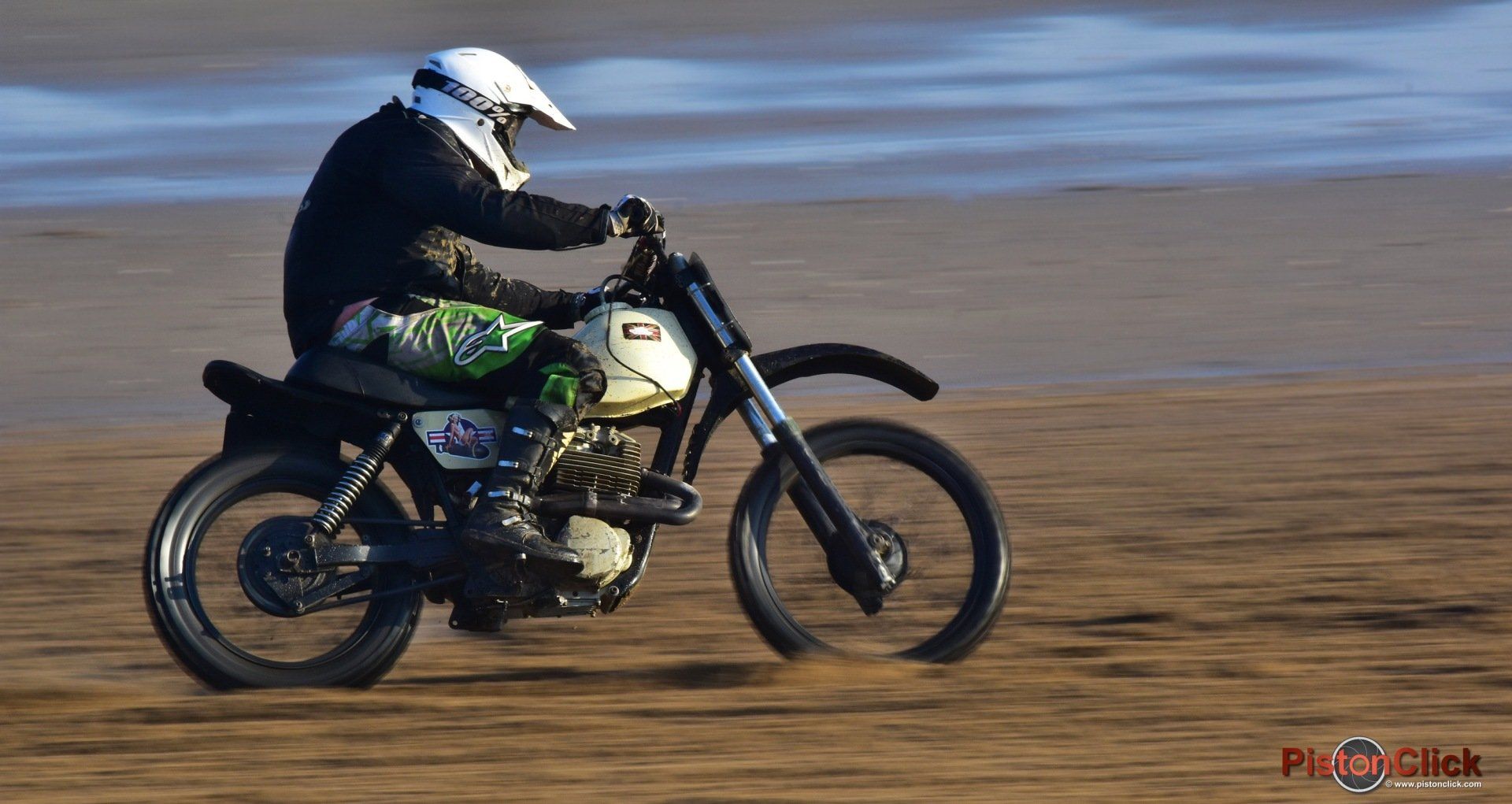NIKKOR 200–500mm AF-S review at the Mablethorpe Beach Race.
So for our second visit to Mablethorpe for the Beach Racing we are looked at the pros and cons of owning a superzoom against a 300mm Prime. The Nikon AF-S NIKKOR 200–500mm f/5.6E ED Vibration Reduction (VR) up against a Sigma 300mm f/2.8 EX DG HSM.

Nikon 200-500 mm
One question I get asked a lot is "what lenses do you use?" That’s not a bad question. I just tell them what's written on the lens, but what I would like to be asked is "why are you using that lens?"

Sigma 300 mm
My side kick that accompanies me on most of these events had recently purchased a Nikon 200–500mm; the Beach race was his first outing with the lens. So this was an ideal opportunity to take a closer look at this type of lens and why most of us use a superzoom. We were both packing the same camera bodies, the Nikon D7200. I also use the Nikon 200–500mm but left mine at home, using my Sigma 300mm f2.8 with a pair of matched 1.4 and x2 tele-convertors.

Nikon 200-500 mm
The Sigma is old now, first introduced in 2005 and built like a tank, it's a little heavy, 2400g or 5.3lbs in old money, but has lasted well. It has no VR so I used a monopod to ease the weight on my neck and to help obtain good clean crisp shots at distance.

Sigma 300 mm
A lot of my photographer friends use the Sigma and Tamron superzooms with excellent results. So when you read Nikon, substitute Sigma or Tamron if you have one as there isn't much difference between them. That could be seen by some purists as a contentious statement but bear with me.

Nikon 200-500 mm
I get a lot of pictures sent to me and in the real world away from the graphs and charts that you will see on other photographic sites I don’t see much of a difference in image quality. There are a few issues when using a third party lens on a Nikon body. Not being supported on the latest camera firmware update can be a pain but it won't be long until it gets sorted.

Sigma 300 mm
I have been using the Nikon 200–500mm for over year now with some truly excellent results so we decided on this run out to compare it to a prime lens. Is this a fair assessment? Well probably not if you were to use the latest Nikon with the latest vibration reduction, super fast focusing motors and all the other bells and whistles.
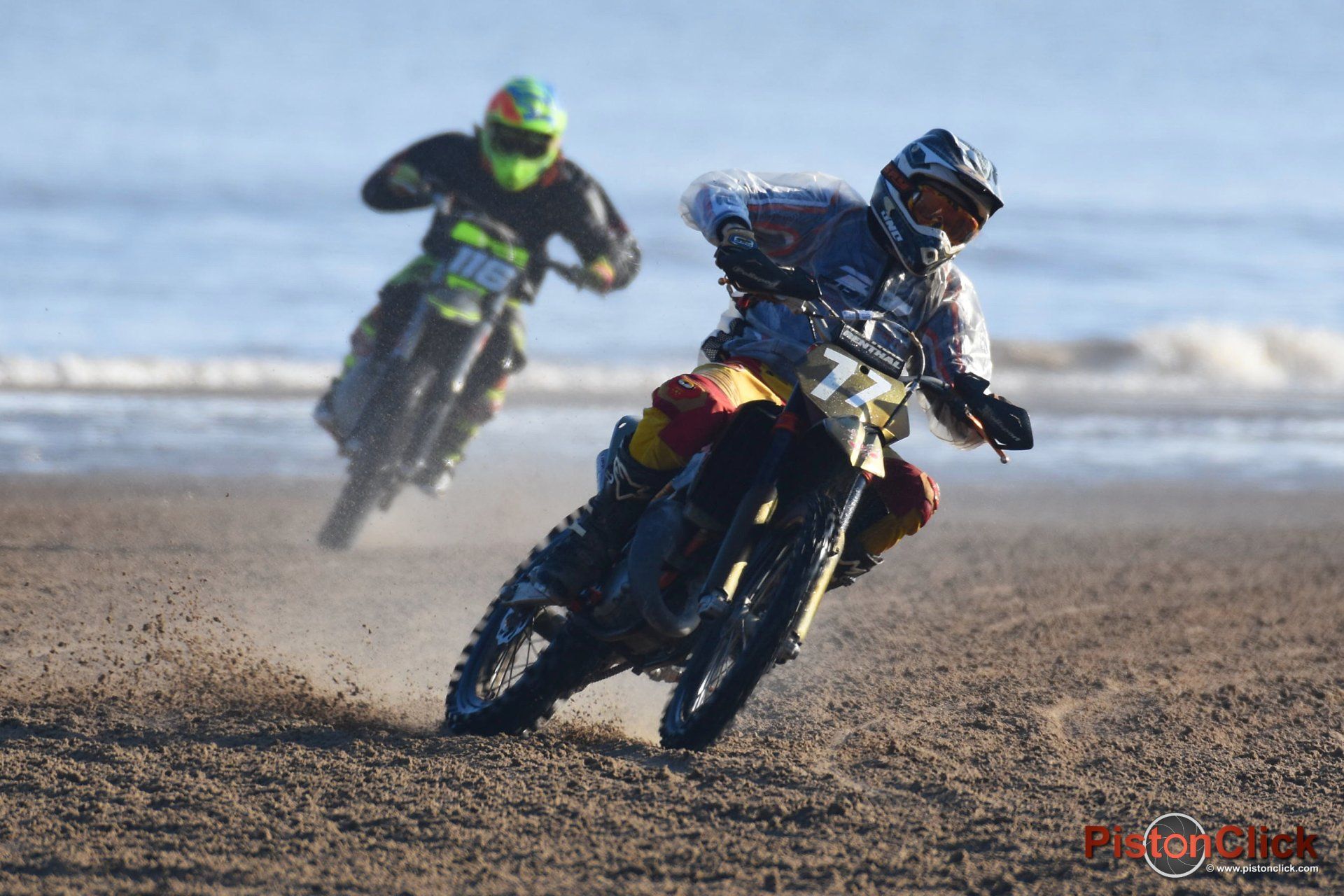
Nikon 200-500 mm
Prior to owning a superzoom I used the Sigma 300mm f2.8 with a 1.4 and x2 tele-convertors a lot. This lens was a good work horse but getting on and after reading some positive reviews I found a Nikon 200–500mm local to me that was second hand and at a price I couldn't resist.

Sigma 300 mm
Over the last year it has been the first lens I will put in my backpack; I know I will use it at some point during the day. There are tracks in the UK that you can get away with by just using a 70-200mm zoom. But if you, like me, want a variety of pictures at the end of the day a superzoom is a must.

Nikon 200-500 mm
Generally speaking a professional motorsports photographer will have a wide angle f2.8 walk round lens, 70-200 f2.8 zoom and then a selection of large heavy primes starting at 300mm. So why don’t you see many amateur and semi-pro photographers using prime lenses?

Sigma 300 mm
The short answer to that is cost. The NIKKOR 200–500mm in 2019 retails new for £1350 where as a Nikon 300mm f2.8 G ED VR II is around the £5000 mark. Even second hand a well used Nikon prime demands very high money. The Sigma second hand is just below the cost of a new super zoom but only just. So you need a heathy disposable income to justify a prime if motorsport photography is just a hobby.

Nikon 200-500 mm
My side kick on most of the events we go to uses a Nikon 300mm f2.8 with a selection of tele-converters. He is a published motorsports photographer with a lot of experience, having covered a huge range of motorsport over the years. Therefore his gear is top quality and he knows how to use it.

Sigma 300 mm
However, he is taking life a little easer now and has stepped over and joined the rest of us on the spectator side of the fence. Over the last 12 months he has taken notice of the images I've captured using the Nikon 200–500mm and came to the conclusion that the latest superzooms need to be considered over his big heavy prime.

Nikon 200-500 mm
So why would he think that? Well the flexibility, weight and ease of use with a super zoom are the main considerations. The image quality is very good on the latest super zoom but will never be as good as a prime. Is that important? Hell yes, if you are trying to sell your images. You need to have imagery that stands out from the rest of the pack.
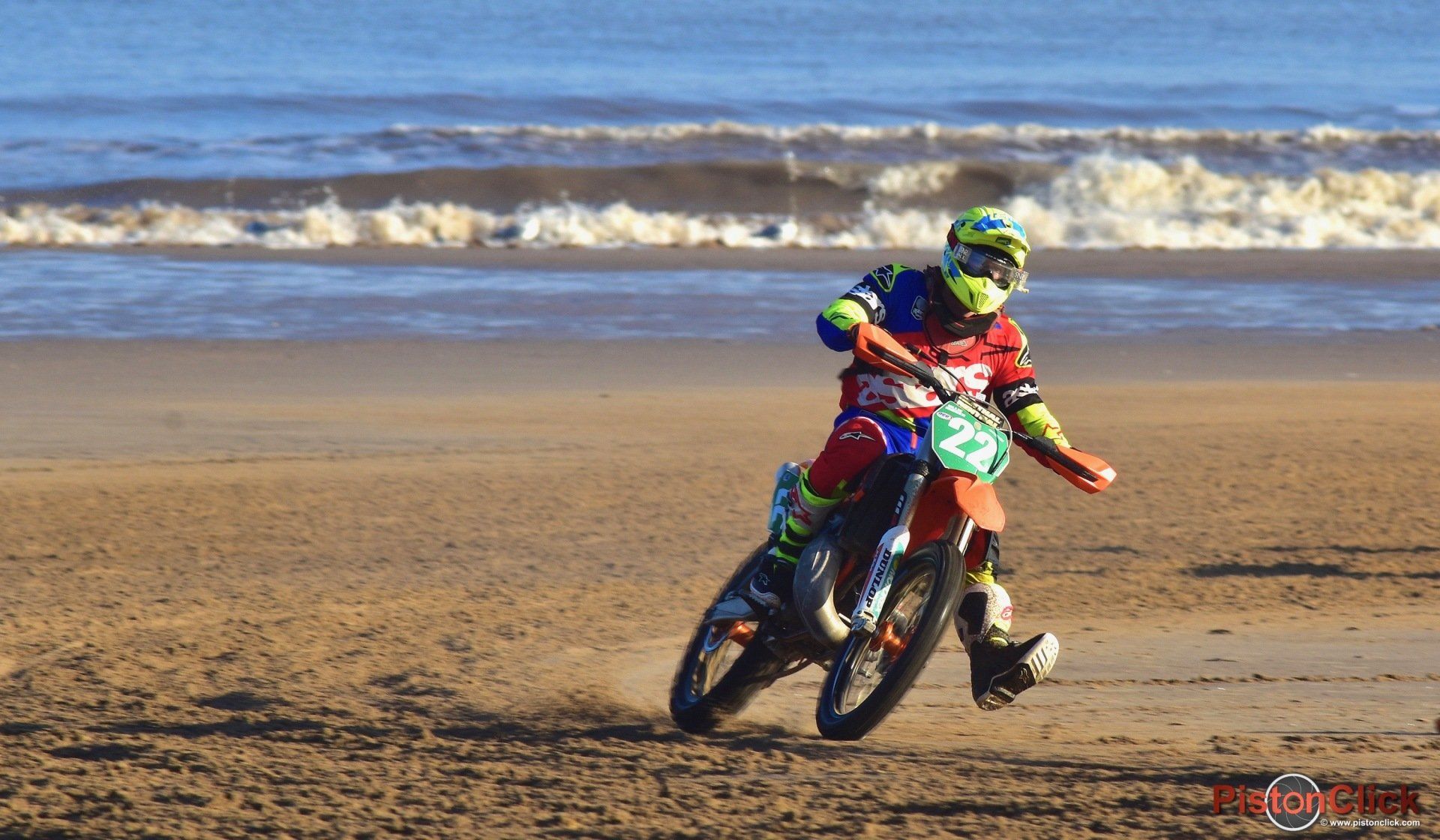
Sigma 300 mm
But for us, the spectator photographer, we need to think differently to a pro-motorsports photographer and this is where the superzoom comes into its own. If you are getting paid to be track side, you can move to where you want within reason and fill your frame with Valentino Rossi laying some darkies on the track. For the rest of us we are generally restricted to where we can go at major events, so our lens has to do the walking to get the same picture .

Sigma 300 mm
The superzoom has the added advantage of being a number of lenses in one. Before using the Nikon 200–500mm I would be adding tele-converters to the Sigma resulting in not watching the track and missing the action and "that shot". Also, when you are using a x2 convertor the image quality on a prime does take a bit of a dip in quality, not a lot but it is noticeable. This is also true for the superzooms at the extreme end of its focal length but not as noticeable as the prime.

Sigma 300 mm
Handling wise the NIKKOR 200–500mm is a nicely balanced lens unlike the Sigma, which like most primes has a lot of glass up front. This makes the setup with a small crop sensor camera body a bit nose heavy. This extra weight is very noticeable when panning handheld and was one of the reasons I used a monopod.

Nikon 200-500 mm
Alternatively, the Nikon being a modern lens gives you 4.5 stops of extra light with the VR on, letting you hand hold all day using slow shutter speeds, which my non-VR prime will not be able achieve. The Nikon has two VR modes, Normal and Sport. In short Normal is for shooting static subjects, Sport for moving targets.

Sigma 300 mm
If you are a numb skull like me I used mine for ages on Normal. I had presumed the Sport mode was the same as Active Mode on some Nikon lenses, this is not the case. Active is for shooting when the camera is in motion, like from a moving vehicle.
Sport mode reduces the VR a lot from Normal. This helps with tracking, keeping the image stable in the view finder helping with panning. Also Nikon uses algorithms that detect you are panning and auto adjusts the VR to compensate in both modes, you don’t get to see this, it just happens.
Normal Mode is full on VR which will try and make the image in the viewfinder and therefore at the sensor as stable as possible. However, this can result in the image you see in the viewfinder while panning becoming jerky, which can make you over or under compensate when tracking your subject. Which is a bad thing for panning.

Nikon 200-500 mm
So looking at the pictures what did we conclude from our day at the beach using two different lenses to achieve the same result? We both got very similar images with the prime producing crisper and sharper pictures.

Sigma 300 mm
I could have predicted that result so no great revelation there. However, if we had been at a track this may have been different as I don't think I would get the same images or the variety of images as the superzoom. The prime is a bit of a one trick pony, a very sharp, very fast one trick pony producing great images, but still a one trick pony.

Sigma 300 mm
A prime, new or old will always produce better quality images and if you know what you are doing, will also produce a greater number of sharper in focus pictures, resulting in more keepers. This is because primes have larger glass areas, have better quality glass and wider apertures, therefore letting in more light helping with the auto focus amongst other things. Which is very important for the sports photographer.

Sigma 300 mm
The superzoom also produces great images just not as good. Importantly, it does give you the flexibility to widen or narrow the field of view (FOV) to give you a set of different looking images from the same location. On a crop the Nikon gives you 8° to 3° FOV a full frame is 12° to 5° FOV and the Sigma around 5° FOV on a crop. The ability to focus at 500mm at a far off corner then adjust down to 200mm, increasing the FOV getting the whole vehicle in the picture as it goes past is where the superzoom wins.

Sigma 300 mm
The 300mm prime you only get the one type of shot but can give you three different focal lengths when fitted with a 1.4 and x2 tele-convertors Resulting in 300, 410 and 600mm focal lengths on a full frame camera. As we were using crop sensor cameras you can multiply all of those numbers by 1.5, but a little explanation is needed here.

Sigma 300 mm
A crop sensor doesn't magnify your image by 1.5 - it does what it says on the tin, it's cropping the image by what a full frame sensor would see at that focal length. This is good news as there is a guide that says you need a shutter speed the same as or more than the focal length to get a sharp picture (the reciprocal rule) i.e. 200mm focal length 200th of a second shutter speed.
So a focal length of 600mm on a crop is 900mm, you don’t need a shutter speed of 900 to get a sharp picture, 600th of a second will do it as the real physical focal length hasn’t changed. Having the VR on will enable you to drop that shutter speed a lot more. I'm happy at maximum magnification at 320 of a second panning and still get a lot of good images at lower shutter speeds, 320 is my banker.

Sigma 300 mm
For me there will always be a place in my lens collection for a long prime. It won't be taken to the track often but on those occasions where I know it will be the best option it’s a no brainer as the images are stunning, when I get it right.

Sigma 300 mm
When you consider the cost, ease of use, portability and image quality, a modern superzoom is a more convenient option than a prime for the most part. Therefore, the superzoom will continue live in my kit bag and be my go to lens for long range sniping. Its light and manageable, easy to use and gives me the flexibility to get a number of different shots from the same location without costing the earth.

Nikon 200-500 mm
The bottom line, if you are serious about your spectator motorsport photography you need a superzoom. If you are buying your children's shoes from the proceeds of your photography you need a prime.

